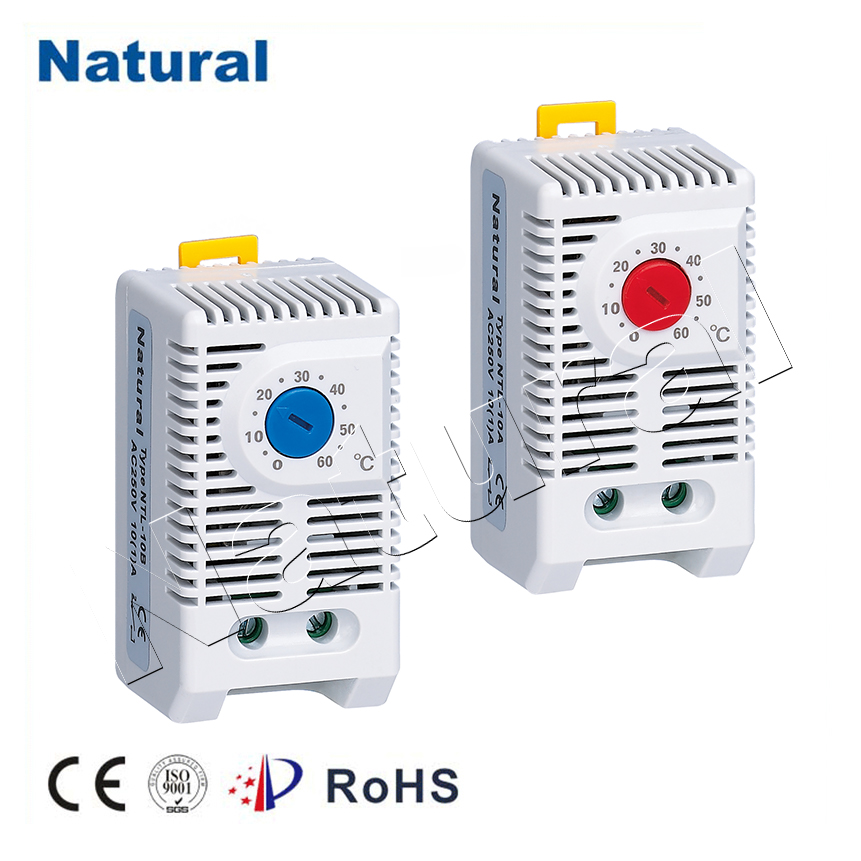 28 items Patent
28 items Patent
 28 items Patent
28 items Patent
 28 items Patent
28 items Patent

Discover how thermostat technology revolutionizes industrial cooling, maximizing efficiency and productivity in this comprehensive article.

In the fast-paced world of industrial operations, maintaining optimal temperatures for cooling systems is crucial for smooth functioning and productivity. Traditional cooling methods often fall short, leading to energy wastage and decreased efficiency. However, the introduction of thermostat technology has brought a paradigm shift, offering precise temperature control and substantial energy savings. This article explores the transformative impact of thermostats on industrial cooling, unlocking enhanced efficiency and productivity.
Enhancing Precision Cooling:
Thermostats empower industrial cooling systems with precise temperature control, ensuring the ideal environment for equipment and processes. By setting specific temperature ranges, thermostats can maintain cooling levels within tight tolerances, reducing the risk of overheating or inadequate cooling. This precision not only protects sensitive machinery but also prevents costly breakdowns, minimizing downtime and optimizing productivity.
Energy Efficiency and Cost Savings:
Traditional cooling systems often run continuously, regardless of actual cooling requirements, leading to unnecessary energy consumption and inflated bills. Thermostats, equipped with intelligent sensors, offer automated temperature adjustments based on real-time conditions. By regulating cooling cycles according to demand, they significantly reduce energy waste, resulting in substantial cost savings for industrial operations.
Remote Monitoring and Control:
Thermostats designed for industrial cooling systems provide remote monitoring and control capabilities, allowing operators to oversee and adjust cooling parameters from a centralized location. This remote accessibility enhances operational efficiency by eliminating the need for manual adjustments on-site. Real-time data analysis and insights enable proactive maintenance, timely troubleshooting, and effective system optimization.
Integration with Smart Building Systems:
Thermostat technology seamlessly integrates with smart building systems, facilitating efficient management of industrial cooling across larger facilities. By connecting to building automation systems, thermostats enable synchronized control, creating a cohesive cooling strategy. This integration optimizes energy usage, streamlines maintenance processes, and enhances overall cooling performance throughout the facility.
Sustainability and Environmental Impact:
Industrial cooling is a significant contributor to energy consumption and environmental impact. Thermostat technology plays a crucial role in sustainability efforts by promoting energy-efficient cooling practices. With reduced energy consumption, businesses can lower their carbon footprint, comply with environmental regulations, and align with eco-friendly initiatives, fostering a greener industrial landscape.
Conclusion:
Thermostat technology represents a game-changing advancement in industrial cooling systems. By providing precision cooling, energy efficiency, remote accessibility, integration capabilities, and environmental sustainability, thermostats revolutionize the way businesses approach cooling operations. Embracing this technology empowers industries to unlock higher efficiency, productivity, and cost savings while minimizing environmental impact. Stay ahead of the curve by harnessing the full potential of thermostat technology in industrial cooling.